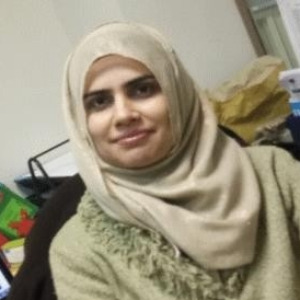Title : Unraveling papaya ringspot virus pathogenesis: Psba downregulation and host interactions through structural modeling and docking
Abstract:
Papaya ringspot virus from Pakistan (PRSV-PK) is an atypical strain significantly impacting papaya production. To understand its pathogenic mechanisms, we conducted a function- based structural analysis of key viral proteins—coat protein (CP), silencing suppressor helper component proteinase (HC-Pro), and replicase nuclear inclusion b protein (NIb). Using Phyre2, Swiss-Model, and i-TASSER, we modeled their structures, followed by final validation through AlphaFold. Conserved functional motifs were identified, mapped, and analyzed to highlight their roles within the host system. In-silico protein-protein docking was performed to explore interactions between papaya host proteins and PRSV-PK viral proteins. The highest docking scores of PRSV-CP with light harvesting complex (LHC type III chlorophyll a/b) (-1687.9) and Photosystem II (PSII) psbA (- 1568.3) suggest chloroplast impairment leading to characteristic mosaic and chlorosis symptoms. HC-Pro interactions with LHC type III chlorophyll a/b (-1731.1) and psbA (-2058.4) indicate its role in exacerbating symptoms alongside CP. Additionally, PRSV-PK-NIb exhibited a strong binding affinity (-1977.4) with psbA, while significant interactions with ubiquitin S27a (-1860.4) suggest its involvement in hijacking the host translational machinery for viral replication. Furthermore, we confirmed the downregulation of the psbA gene during PRSV-PK infection through gene expression analysis. These findings provide novel insights into host-virus interactions, revealing crucial mechanisms of virus infectivity, host adaptability, and potential host defense responses, laying a foundation for future research into plant-virus interactions.


